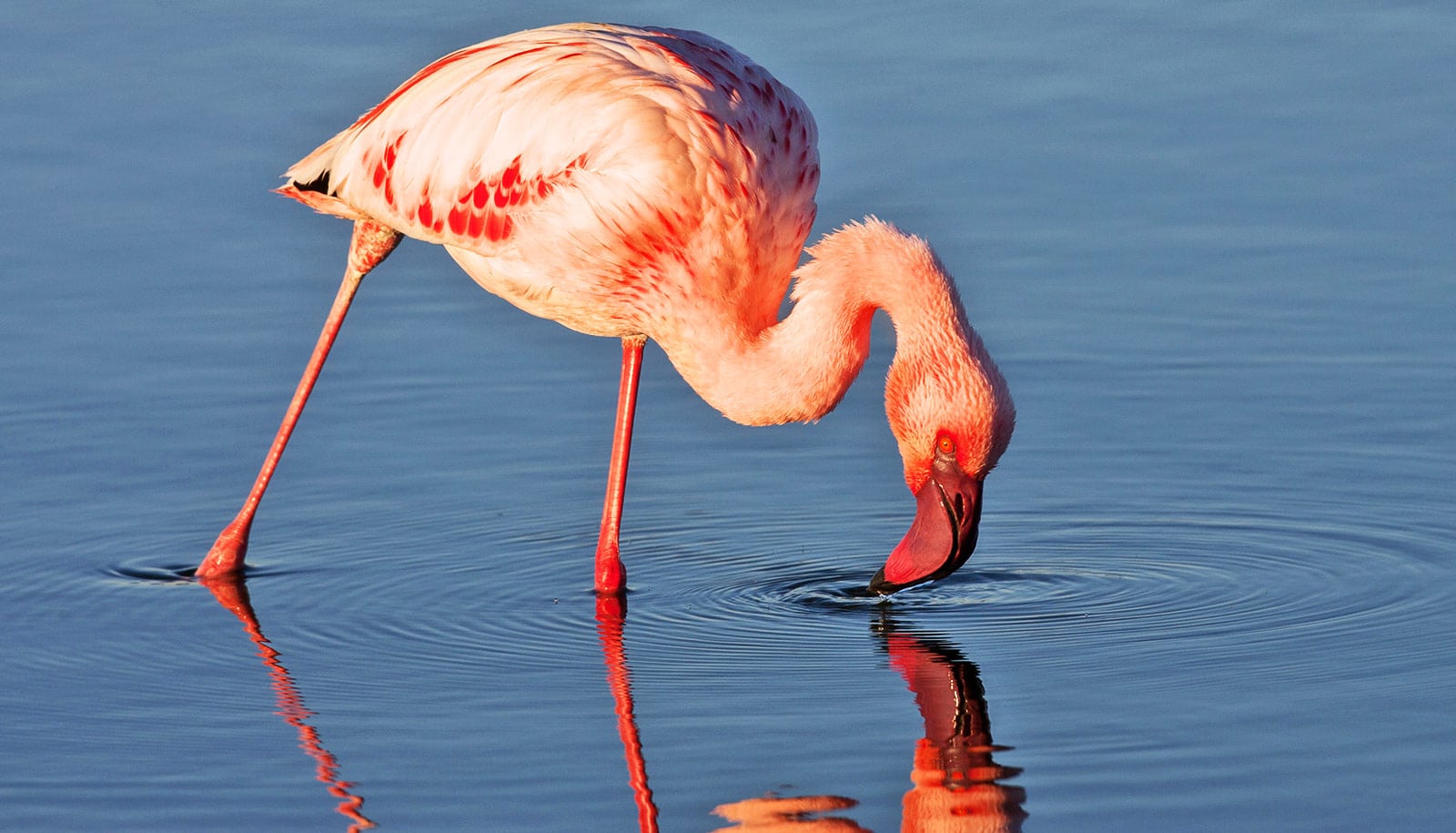Two falcon genomes reveal how intense evolutionary pressure made them into daredevil predators.
“This is the first time birds of prey have had their genomes sequenced and the findings are truly revelatory, particularly in the evolution of Peregrine falcons—the fastest species in the animal kingdom,” explains Mike Bruford, author of the study and a professor at the Cardiff University School of Biosciences.
“Our research shows that under strong selection pressures, Peregrines have had to adapt very rapidly to survive.
“We have been able to determine that specific genes, regulating beak development have had to evolve to withstand the pressure of impacting their prey at a speed of up to 300km/h.
“The shape of the falcon beak has also had to evolve to be capable of tearing at the flesh of its prey.”
[sources]
Much like the birds themselves, their genomes are “lean and mean” in appearance, according to the scientists.
Through analysis of the genomes, scientists determined that Peregrine and Saker falcons shared a common ancestor about 2.1 million years ago and that they each have around 16,200 genes—about 5,000 less than a human has.
The findings are important not only for increasing our understanding of the evolution and biology of these iconic species, but also for the management of their health and conservation.
The two falcons are the first raptors and only the seventh and eighth bird species to have their genome sequences published (the others are chicken, turkey, zebra finch, two pied flycatchers, and the rock pigeon).
The Saker falcon is categorized as endangered in the IUCN Global Red List of Endangered Species.
Researchers from Beijing Genomics Institute in China also contributed to the findings, which appear in Nature Genetics.
The Environment Agency-Abu Dhabi (EAD) funded the research, which is the product of a collaboration between Cardiff University and International Wildlife Consultants, based in Carmarthen.
Source: Cardiff University


